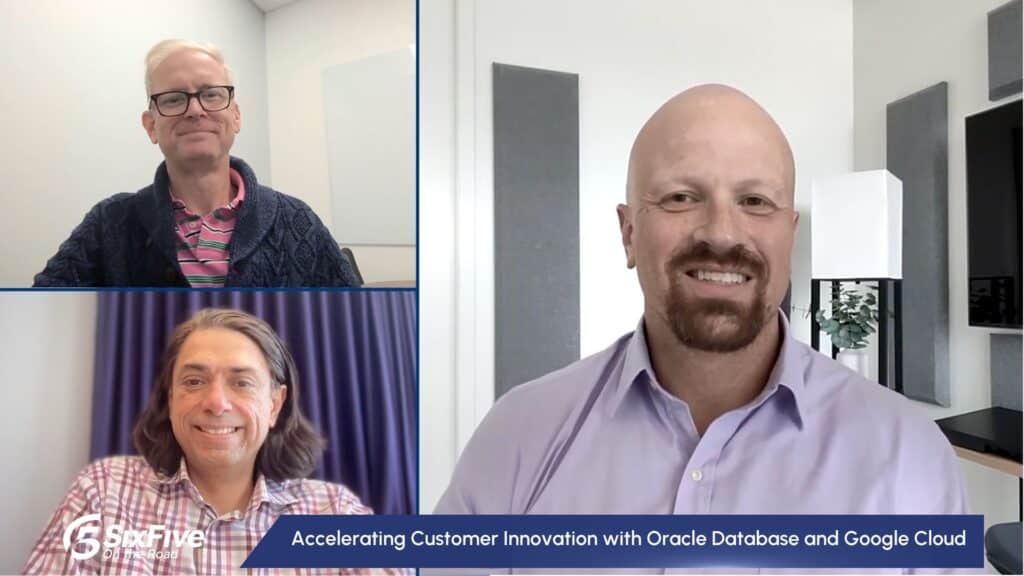The News: Wainhouse Research has released the second part of its series on the Metaverse and Workplace Communications. Part 2 sets aside the debate about the immersive 3D metaverse and focuses on several of the technologies expected to be central to the way we all experience the internet in the future and how workplace communications vendors can begin engaging with these technologies in the areas of identity. Part 2 of The Metaverse and Workplace Communications can be found here.
Analyst’s Take: But how are technical and product leaders, attempting to be prepared for, or even lean into, what could be a real ground-shaker evolution in life on the internet, supposed to make any progress? To start, we’ll have to separate noise from the signal. The noise of the metaverse is the user experience (AR, VR, Immersive 3d, 2d, one or many, etc.). The signal is many of the new technologies that will enable those experiences that have already started to permeate products and services in active use with the promise of a more secure, transparent, and interoperable internet experience. These innovations center around blockchains and have been coined “Web3” by those who coin such things.
Blockchains, the core component of Web3 technologies, have received a lot of press lately as part of highly controversial cryptocurrency initiatives. But the same technology that tracks ownership and movement of digital currencies can be repurposed to manage identity on the internet. The implications far outweigh cryptocurrency in terms of immediacy and likelihood, particularly in the enterprise communications sector.
Disclosure: Wainhouse Research, part of The Futurum Group family of companies, is a research and advisory firm that engages or has engaged in research, analysis, and advisory services with many technology companies, including those mentioned in this article. The author does not hold any equity positions with any company mentioned in this article.
Analysis and opinions expressed herein are specific to the analyst individually and data and other information that might have been provided for validation, not those of Wainhouse Research as a whole.
Other insights from Wainhouse Research:
A Wild Week as Tech Giants Microsoft and Google Reveal AI-Powered Search and Browser Integrations
Microsoft Rolls Out Teams Premium Infused with OpenAI’s GPT-3.5
The original version of this article was first published on Wainhouse Research.
Author Information
Sean is a trusted advisor to and assists industry vendors and enterprises with workplace communications and collaboration strategies, market entry and product assessment, product portfolio analysis, and sales enablement services.
Sean holds a Bachelor of Science in International Business from University of Colorado, Boulder.







